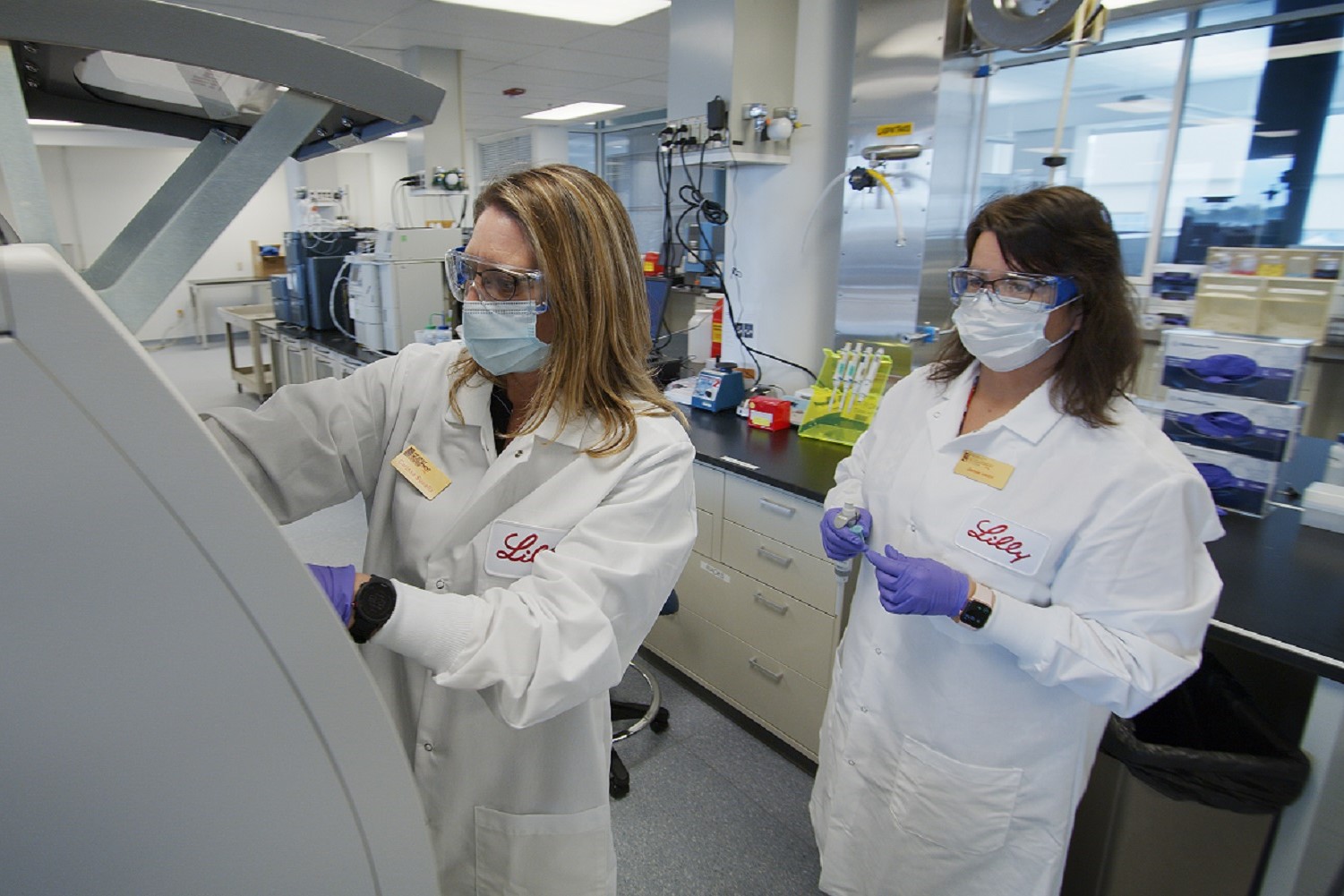On Tuesday, FDA announced that it has approved the first bioresorbable polymer stent, a development bound to spur competition between Abbott that makes the device and Boston Scientific that makes a partially absorbable stent.
Abbott’s Absorb elutes a drug and then, over a period of three years, is completely absorbed in the body leaving no permanent metallic implant behind. An analyst characterized the approval as a big leap in the history of coronary artery disease treatment.

With the Rise of AI, What IP Disputes in Healthcare Are Likely to Emerge?
Munck Wilson Mandala Partner Greg Howison shared his perspective on some of the legal ramifications around AI, IP, connected devices and the data they generate, in response to emailed questions.
“Bioresorbable stents have been one of those holy grails for the stent market,” said Venkat Rajan, industry manager for medical devices at Frost & Sullivan, in a phone interview. “I remember writing about the stent market when the Guidant, Boston Scientific deal was happening (circa 2006) and there was talk about this sort of thing being in their portfolio but it might be eight or nine years away. Now we are sitting here and they are on the market.”
But here’s the rub. The market may be slow to adopt initially.
The primary reason being that when Abbott presented results of Absorb III, the pivotal clinical trial, it was able to show that the bioresorbable stent was no worse than its very own Xience V, the best-in-class drug eluting stent. That is not exactly a ringing endorsement of the new technology.
And that has to an extent dampened the hype, especially considering the history of clinical results that compared drug eluting stents with bare metal stents.
“When the drug eluting stents came out, there were so many clear-cut advantages over bare metal stents that it almost made no use to still use a bare metal stent,” Rajan recalled. “The shift to those was so dramatic and that’s what led to all the attention around drug eluting stents.”
While, the Absorb III trial showed no major statistical difference between bioresorbable stents and drug eluting stents, numerically the latter device came out on top on a variety of clinical metrics. Another difference was noticed in how Absorb performed in patients with thinner-diameter arteries.
“Bioresorbable stents are thicker than drug eluting stents and that’s partly where they failed to outperform drug eluting stents – in those thinner diameter arteries,” Rajan pointed out.
Physicians have hailed the promise of bioresorbable stents and hope that over time the devices will prove to be better for patients. But that may mean that in an environment when outcomes and economic value trumps everything, initial adoption of the device may be slow.
An Abbott spokesman said that the device will be reimbursed based on existing codes for drug eluting stents. Given that the company is guaranteed to charge more for bioresorbable devices that its DES counterparts, the question that begs to be answered is that will hospitals find Absorb valuable enough to shell out the extra money.
Rajan believes no, at least initially.
“If you want to play the devil’s advocate, in the near term, hospitals may think 1) I have to pay a higher price for this device and 2) my doctors aren’t fully trained on this yet, they aren’t aware of it, it’s going to be longer procedure times, there’s going to be a learning curve, there’s going to be some issues, so may be don’t do it immediately,” he speculated.
He also noted that interventional cardiologists have become more cautious especially about new technology that has been hyped. But Rajan also firmly believes in the promise of bioresorbable stents in the future. He believes that the data will show benefit over time, something that wasn’t captured in the Absorb III trial that presented three year’s worth of data.
Currently doctors may have to perform repeat procedures to go back into a patient to clean out the stent to prevent the occurrence of stent thrombosis, Rajan said. That occurs when a thrombus or blood clot suddenly forms in a stented coronary artery impeding blood flow and is a life-threatening complication. Sometimes doctors are forced to extract the stent.
All those add to costs, as well as being tough on patients. Given that Absorb will simply vanish inside the body over time, it might become attractive to hospitals who are thinking dollars and cents, and physicians looking to improve outcomes. Not to mention that Abbott is likely looking to build a next-generation device if it isn’t already in the works.
“Even at a higher price point, folks will start to see the potential advantages of using Absorb because of the mitigated long-term risk of having to go back into a patient,” Rajan said.
Photo: Getty Images, Duncan Walker















